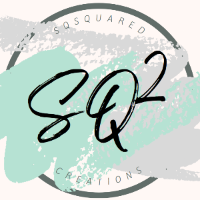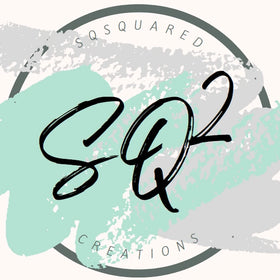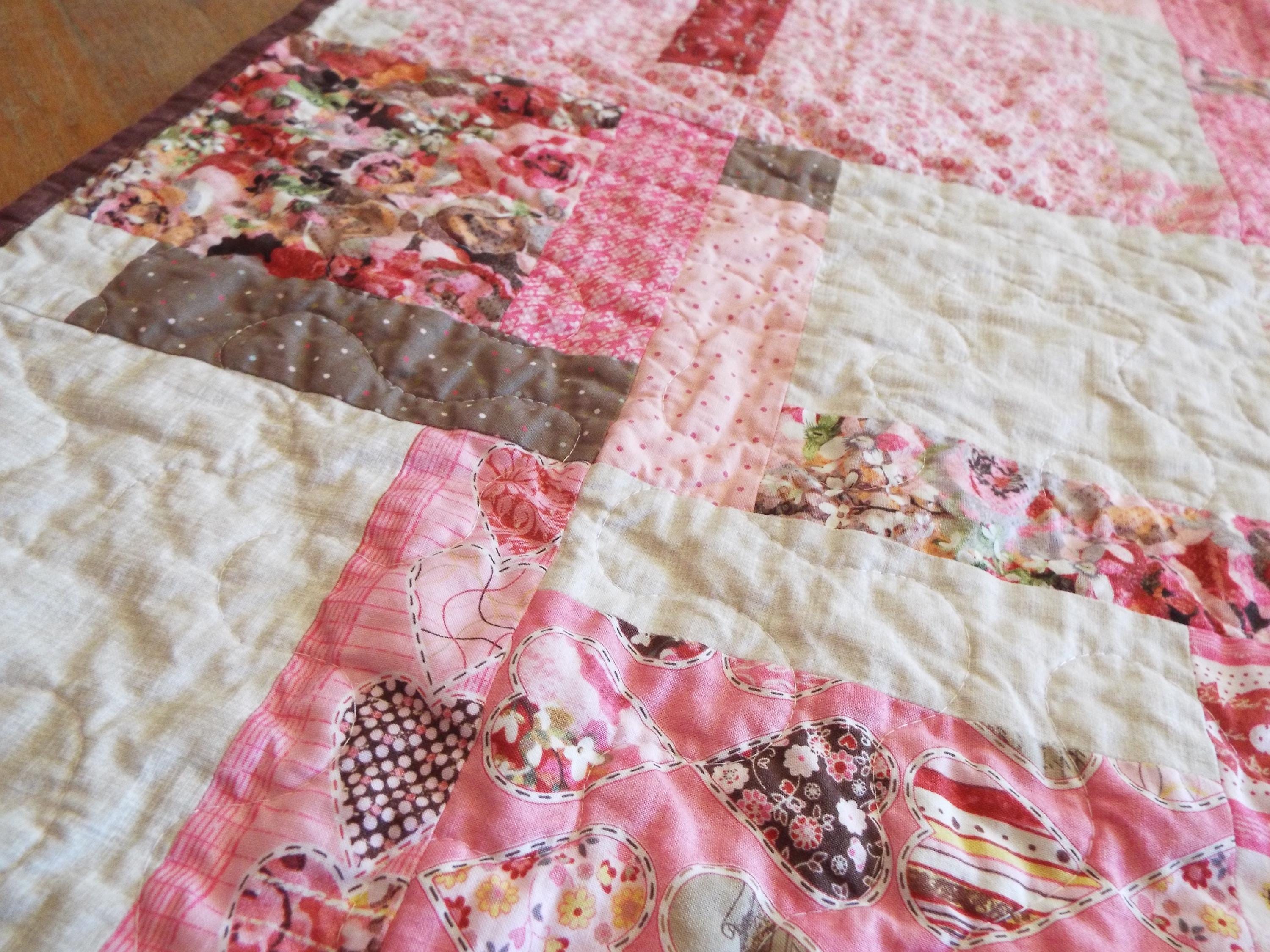This post is part of my “Why Are Quilts So Expensive?” series, where I break down the real costs and work behind each handmade quilt.
- Part 1 – Why Are Quilts So Expensive? A Deeper Look… (you are here)
- Part 2 – Quilt Pricing: Just How Much Are Materials?
- Part 3 – Quilt Pricing: What About My Time?
- Part 4 – Quilt Pricing: Final Thoughts (you are here)
_______________________________________________________________________________________________
If you’ve spent any time online, you’ve probably seen posts, like the one below, claiming a handmade lap quilt should cost over $1,200. They’re often meant to highlight the work and skill behind quilting — but they can also give the wrong impression about what a well-made, fairly priced quilt really costs.
I recently made a custom quilt in the same size as one shown in a popular graphic. According to the meme, it should have been $1,220.88. I sold it for $225. Let’s take a closer look at why my pricing is different — and still reflects quality work and materials.

Materials
The graphic counts every inch of material purchased, even if some of it isn’t used in the final quilt. For a hobbyist, that makes sense. For a business, it’s my responsibility to use leftover materials in future projects so the cost isn’t passed on to the customer.
For the same size quilt, I:
-
Buy batting by the roll (cheaper per yard than packaged)
-
Use wideback fabric for fewer seams and lower total yardage
-
Charge by the square yard used, not the yard purchased
-
Treat some supplies (like thread and binding) as a cost of doing business, not a line item on your invoice
By doing this, I reduced the material cost from $167.50 (in the meme) to $64.12 for the exact same quilt size — a $103.38 savings for my customer.
Labor
This is where the biggest difference appears. The graphic estimates more than 50 hours of piecing alone. I plan my work for efficiency, using batch piecing, chain sewing, and other time-saving methods without sacrificing quality.
My times for this quilt:
-
Piecing & cutting: 7 hours, 12 minutes
-
Basting: 30 minutes (with pins, not spray or hand-stitching)
-
Quilting: 45 minutes (all-over design on my sewing machine)
-
Binding: 45 minutes (machine-stitched for durability)
Total: 9 hours, 36 minutes — compared to the 70+ hours shown in the meme.
At $15/hour, my labor cost for this quilt would be $144, not $1,053.38.
Total Price
Meme pricing: $1,220.88
My materials + labor: $208.12
Final sale price: $225 (rounded to cover small shared costs like thread, needles, and maintenance)
Yes — intricate designs, larger sizes, or more detailed quilting will raise the price. But for many quilts, fair pricing doesn’t have to be four figures.
Why This Matters
Quilting is my passion, and I want handmade to be accessible. By working efficiently and sourcing materials wisely, I can offer heirloom-quality quilts at a price that’s fair to me and to you.
In the second part of this series, I’ll break down exactly what goes into the material costs for a quilt, and how I keep those prices reasonable without cutting corners.




Leave a comment